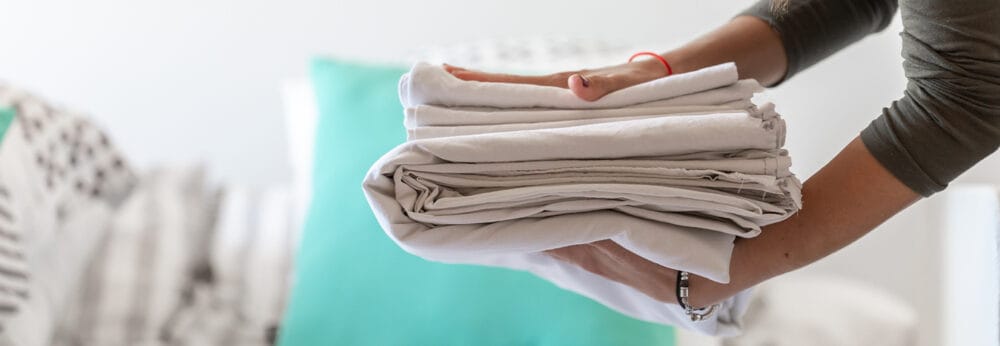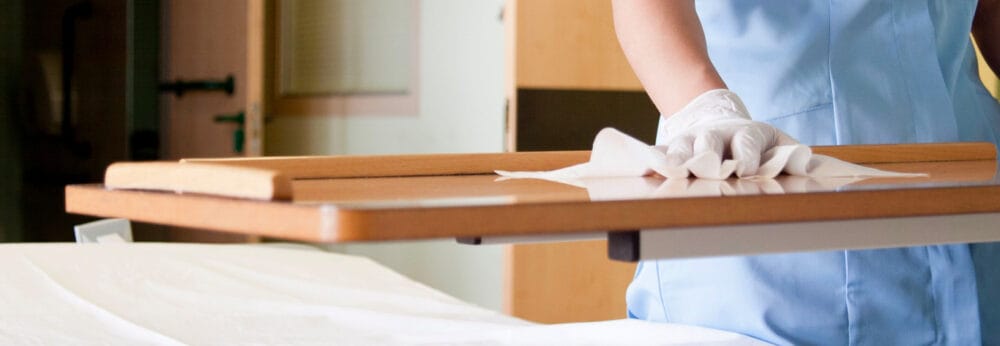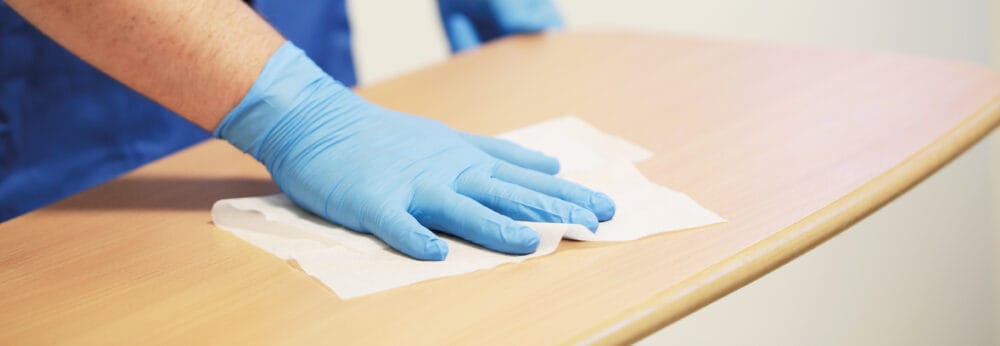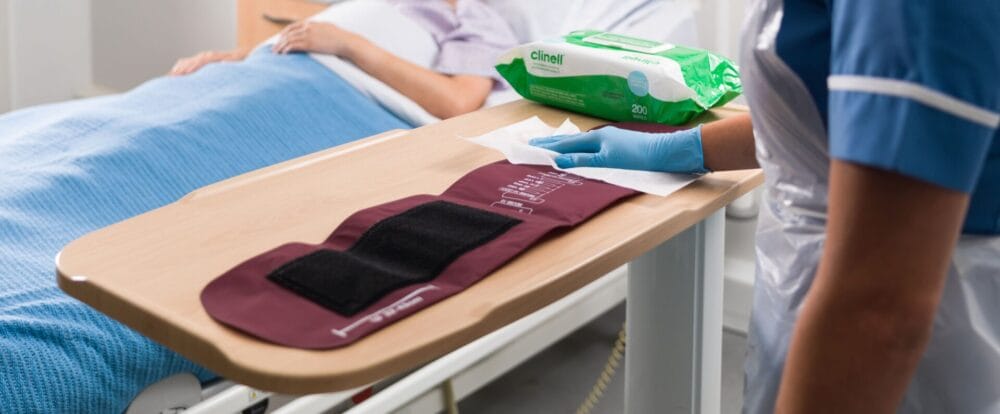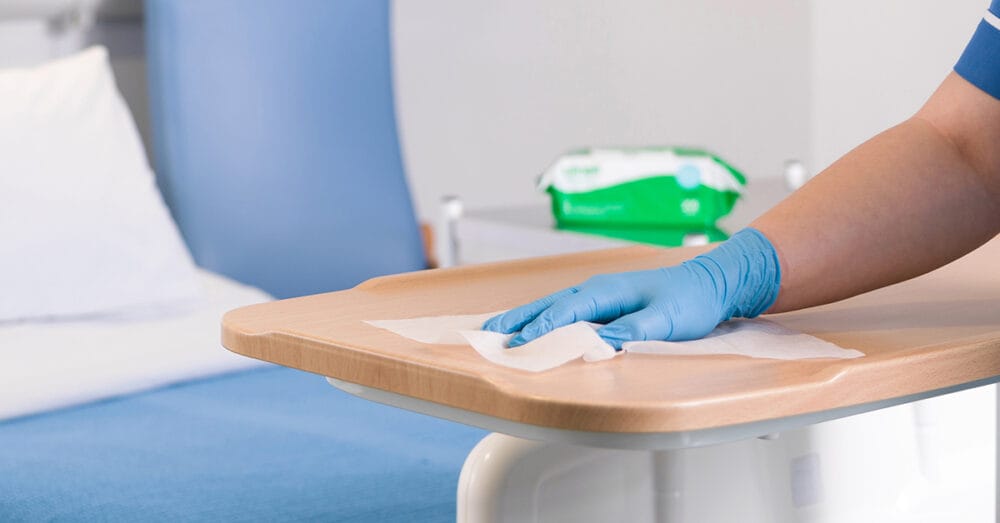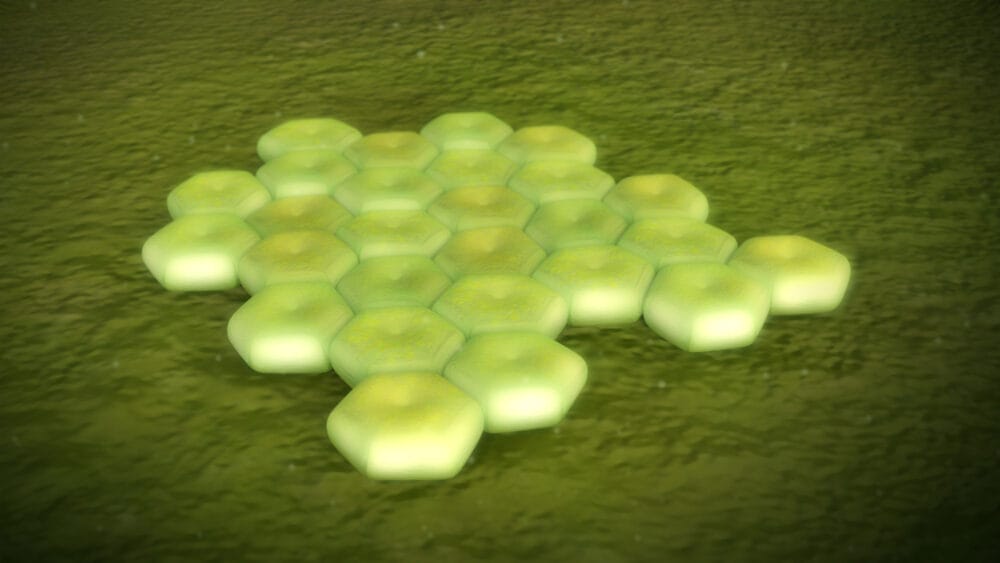Posts Tagged ‘Environmental contamination’
Monkeypox & household environmental surface survival
Clinical Director Karen Wares, discusses a study assessing the viability and viral load of monkeypox virus on surface contamination of household objects. Read on to find out, where the study was carried out, how touchpoints were sampled and what the results indicated. Viability & viral load of monkeypox virus A recent study conducted by the United States Centers for Disease Control…
Read MoreWhy we need to focus on incubator decontamination in neonatal units
Today on the blog we discuss the latest guidance on decontamination in neonatal intensive care units (NICUs). We share how using the right disinfectant with the correct application can help reduce the risk of environmental contamination. Last month, the UKHSA issued some new good practice guidance for the decontamination of incubators and other neonatal equipment in neonatal…
Read MoreHighlights from the Environment, Cleaning and Decontamination IPS Educational Pillar
We summarise our highlights from this year’s Environment, Cleaning and Decontamination Infection Prevention Society (IPS) Educational Pillar. We discuss waterborne infection transmission, the role of ventilation in IPC, the misuse of PPE and more. Read on to discover what resonated most with our Clinical team. What is the Environment, Cleaning and Decontamination (ECD) IPS Educational…
Read MoreLet’s not forget MRSA and the risk from contaminated surfaces
There’s been understandably a huge amount of discussion about the possible role of contaminated surfaces in the transmission of the SARS-CoV-2 virus that causes COVID-19. But let’s not forget the important and established role that contaminated surfaces play in the transmission of other important pathogens. There’s strong evidence that MRSA transmission dynamics can include contaminated…
Read MoreEnvironmental contamination with COVID-19: how big is the risk?
There have been several studies examining the potential risk for contaminated environmental surfaces being involved in the transmission of COVID-19. We know that the SARS-CoV-2 virus, that causes COVID-19, can survive on dry surfaces for days, like its ‘cousins’ the SARS and MERS viruses. We know it can be found in clinical settings during the care…
Read MoreWhy all-in-one detergent disinfectant wipes are faster, more effective and longer-lasting
An Italian study evaluated two different methods of environmental disinfection for high-touch surfaces contaminated with carbapenem-resistant Acinetobacter baumannii. The standard method was a two-step method involving cleaning followed by a disinfection step using a chlorine-based disinfectant. The new method was a one-step process using a pre-impregnated detergent/disinfectant wipes (Gama Universal wipes, as it happens!). The one-step process using…
Read MoreThe environment as a persistent and major reservoir for carbapenem-resistant Acinetobacter baumannii
A new Israeli study in a hospital with endemic issues due to carbapenem-resistant Acinetobacter baumannii reports high levels of environmental contamination that persisted despite several different approaches to cleaning and disinfection. This study highlights the risk of patient-to-patient spread of carbapenem-resistant A. baumannii associated with environmental contamination. The study was performed in a large hospital in Tel Aviv, Israel. The hospital…
Read More